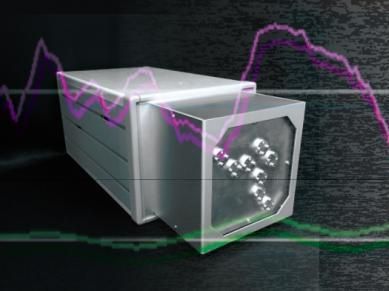Promise of cost-effective healthcare delivery to boost remote patient monitoring market, says Frost & Sullivan
Benefits include customised care in home-settings and reduced public healthcare expenditure
Advertisement
Remote patient monitoring (RPM) technologies help patients retain their independence and avert further health complications. These technologies can also be a vital tool for governments to curb spiralling healthcare expenditures.
New analysis from Frost & Sullivan, European Market for Remote Patient Monitoring Applications, finds that the market earned revenues of $616.4 million in 2012 and estimates this to reach $831.0 million in 2018.
“Despite volatility in European economies, the market for telehealth and telecare applications is expected to grow at a consistent pace,” notes Frost & Sullivan Healthcare Program Manager Sujith Eramangalath. “While Europe in general has made significant progress in the adoption and usage of RPM applications, countries like Italy and Spain, lag behind.”
Such variation in adoption and penetration rates is mainly due to the different levels of public awareness about RPM technologies. Impetus from governments and healthcare organisations is also a key factor determining the levels of uptake.
“Governments have identified RPM applications as a cost-effective alternative method of healthcare delivery and are encouraging investments in them,” remarks Sujith. “Private organisations and market participants are also playing their part in boosting awareness about the benefits of RPM services across Europe.”
Currently, the bulk of healthcare expenditure is on in-patient care. This can be reduced to a large extent through RPM.
“RPM solutions are not only affordable but also effective in terms of providing customised care in home-based settings,” adds Sujith. “As a result patients have embraced them.”
However, the lack of standardised regulations and the dearth of information about funding and reimbursement deter many potential users from RPM.
“A variety of reimbursement sources add to the fragmentation and complexity of the RPM applications market,” concludes Sujith. “However, the market is gradually moving towards maturity with more countries providing strong encouragement through reimbursement and also a favourable investment climate by building better awareness.”
























































